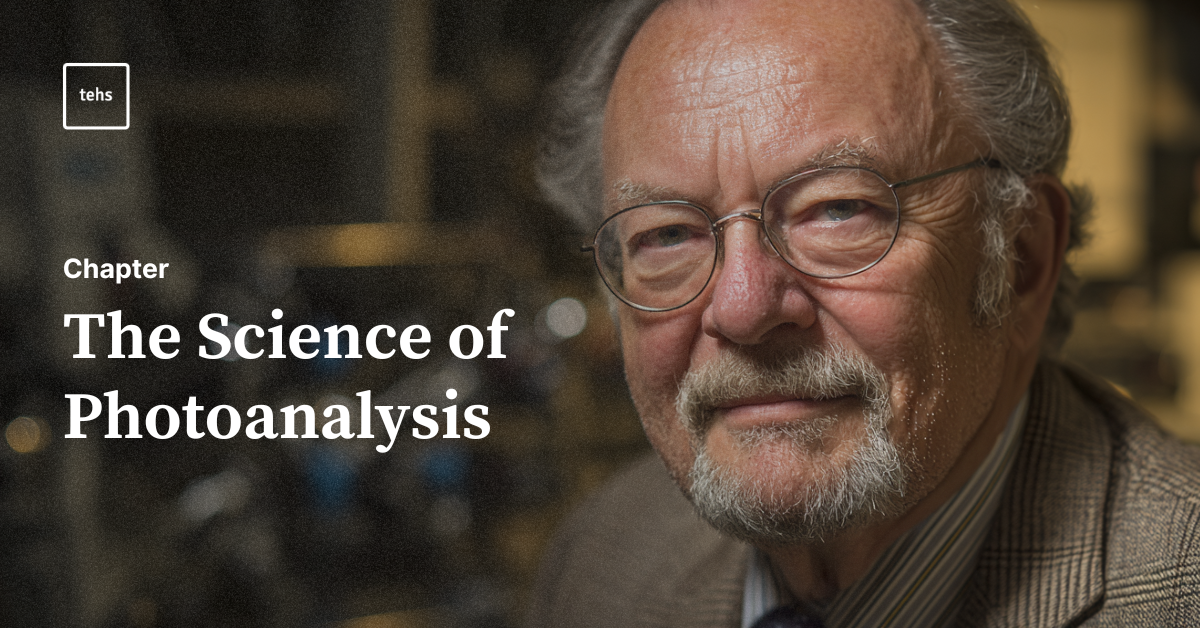The science of photoanalysis explores how a single photograph can act as a precise “address” for remote frequency delivery—reliably, safely, and without the person on site. In this new TEHS chapter, Dr. Jeff Sutherland charts the evolution from ABPA/FSCAN experiments and Polaroid-based resonance to digital-photo targeting via the Digital Media Interface and SG-series scalar transmitters that maintain signal strength over distance. You’ll see how quantum and resonance principles translate into practical protocols that improve outcomes while reducing logistics, exposure, and cost.
What’s inside:
- From radiation to resonance—why this shift matters now. The chapter explains how safety concerns around radiation accelerated research into non-local methods and why photo-anchored resonance became the practical alternative. You’ll follow a rigorous R&D trail—from early agricultural experiments to human applications—showing how image-based targeting solved real problems like geography, continuity of care, and repeatability. Along the way, the mechanics of image-to-subject linkage are clarified so teams can implement standards, not guesswork.
- How remote delivery and assessment work. The device stack fits together: ABPA/FSCAN for discovery, DMI for 3D targeting, and SG1/SG2 for distance-independent delivery. Modern remote scanners detect resonant responses without co-location. The result is a testable, auditable workflow.
- A practical capture protocol that improves outcomes. Better images produce a stronger resonant link. You’ll get a concise, field-tested checklist: shoot in RAW (avoid auto-retouch/compression), maximize subject pixels, capture full-body plus back and soles, and stabilize with a tripod. The chapter explains why these steps amplify signal quality, shorten treatment time, and increase reliability—making photoanalysis not just possible, but consistently effective.
Who benefits:
- Practitioners and clinic leads: A repeatable, safety-focused framework for non-local interventions. SOP-ready standards reduce guesswork.
- Researchers and engineers: A clear map from physics to devices (ABPA/FSCAN → DMI → SG1/SG2; remote scanners). Methods are verifiable and practical.
- Trainers, educators, interns, and clients: A simple checklist and workflow for curricula, workshops, and certifications. Results are reproducible across teams.
Interested in learning more about “The Science of Photoanalysis”?
